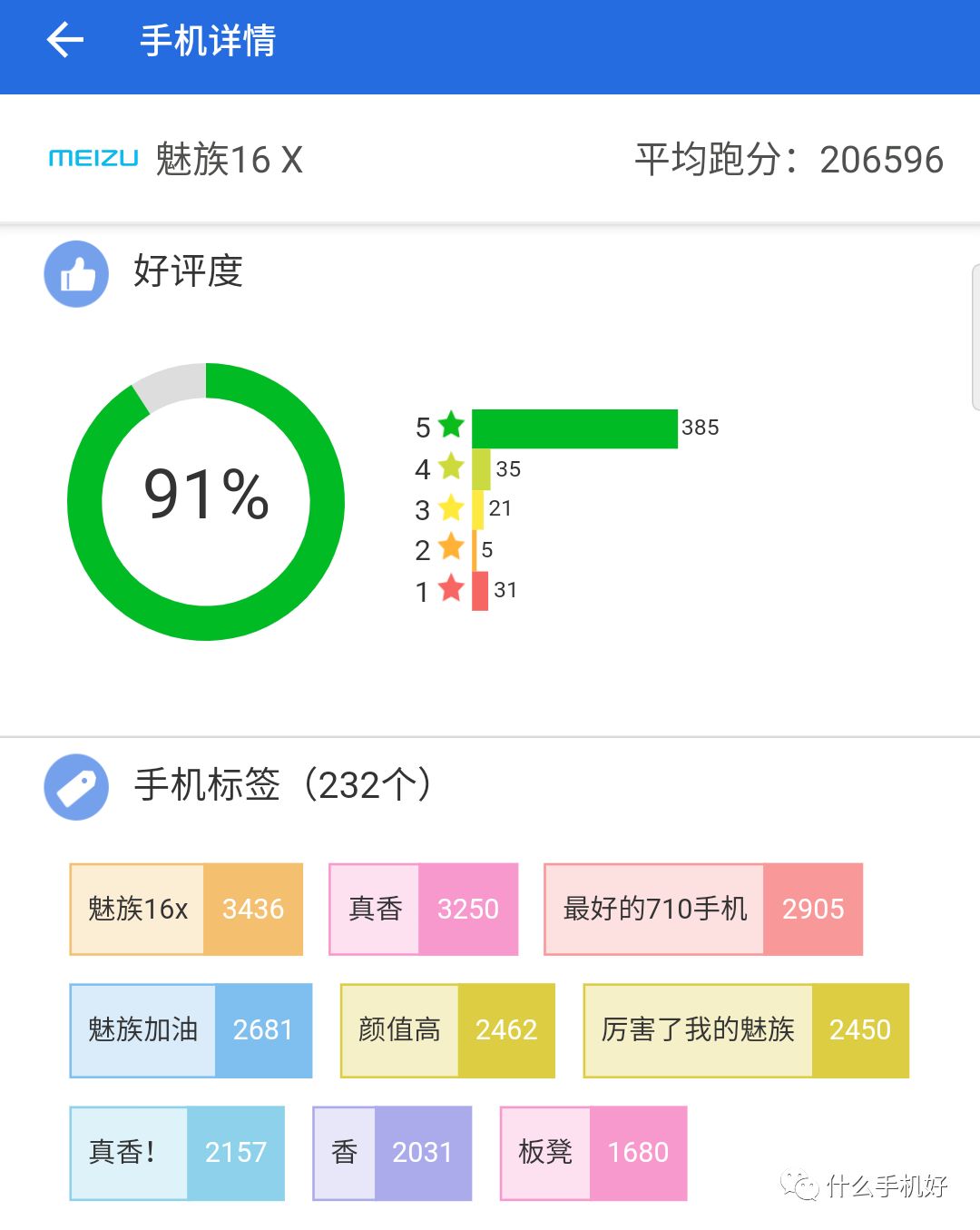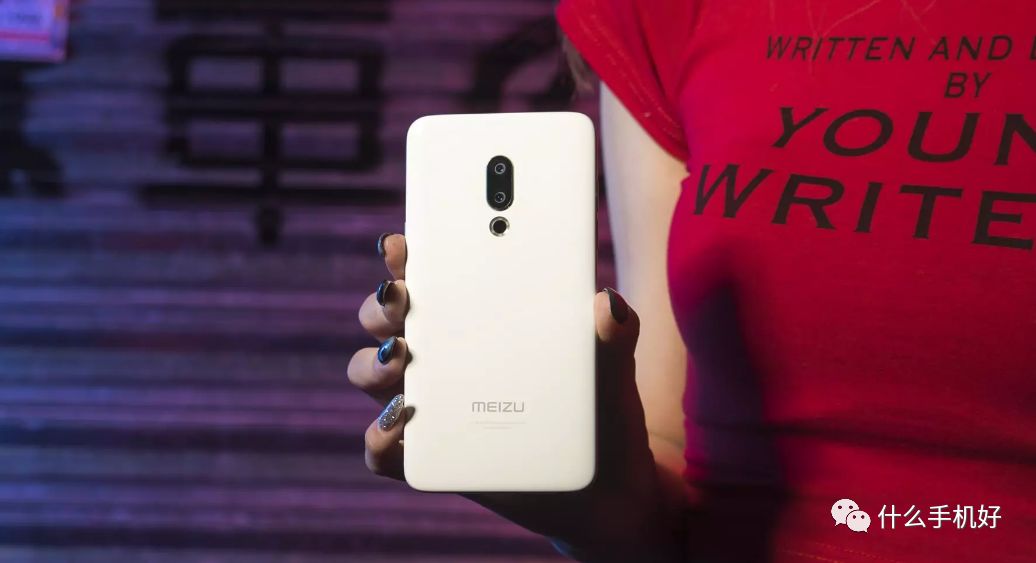As the year-end approaches, many netizens are looking to replace their old phones to happily return home for the New Year. During this time, many smartphone manufacturers are also eager to take advantage of this opportunity to clear out their inventory by using price reduction marketing strategies. As a result, there have been numerous articles online about “great deals on discounted phones.”
Are these discounted phones really worth it? A good person once said: The inventory of 4G phones from competitors is piling up too much, and if they don’t try to sell them off before the 5G budget phones become mainstream, it will lead to serious problems. Currently, almost all 4G phones are being discounted, and many people have jumped on the bandwagon, but the awkward part is that they end up regretting their purchases. It’s essential to be cautious when buying a phone!

The Meizu 16X is one of the budget phones that has seen a price drop, going from 2099 to 899, which looks like a significant reduction of 1200 yuan, giving the impression of great cost-effectiveness. To a layperson, the Meizu 16X indeed appears to be a competitive mid-range phone, but for those in the know, the Meizu 16X is not appealing for three main reasons!

First: Poor Performance and Flash Storage
In 2020, only processors like the Snapdragon 730, Snapdragon 765G, and Kirin 810 are worth buying; otherwise, you will find it lagging after a year. The Meizu 16X was released in September 2018, during the time when the Snapdragon 710 was gaining popularity. It was the next mid-range chip after the Snapdragon 660 and thus, the Meizu 16X is equipped with the Snapdragon 710 processor, which was its main selling point at that time.
In terms of specifications, the Snapdragon 710 is built on Samsung’s 10nm process, featuring two Kryo 360 big cores and six Kryo 360 small cores, with an Adreno 616 GPU. Currently, the AnTuTu benchmark score is around 200,000. This performance level is significantly lower than that of the Kirin 810, making it quite challenging to run large games, which is not suitable for today’s youth. It can be said that the Snapdragon 710 has already been relegated to the category of older phones!

The performance is one reason the Meizu 16X is not recommended, and the flash storage is another. People often overlook the importance of flash storage chips when focusing too much on the processor. Currently, popular budget models like the Redmi K30, Realme X2, and Honor 9X are equipped with UFS 2.1 flash storage, significantly improving smoothness and speed. In contrast, the Meizu 16X uses the outdated eMMC 5.1 storage. Do you still think it’s worth it?

Second: Small Battery and Poor Endurance
In the second half of 2019, it is quite challenging to sell a phone without a 4000mAh large battery. In this era of advanced networking, everyone is glued to their phones, watching short videos to pass the time. Without a large battery, one wouldn’t dare to use their phone heavily when going out. The Meizu 16X, which emphasizes a lightweight design, unfortunately, has a small 3100mAh battery. Although the included UP0830S power adapter can reach a maximum power of 24W, in real tests, the charging power of the Meizu 16X stabilizes between 14W to 15W, which is also inadequate. Many users on the Meizu community have complained about the poor battery life of the 16X.

Third: System Underpinnings
The Meizu 16X comes pre-installed with the Flyme 7 system and can now be upgraded to Flyme 8.0.0.0A stable version. However, when users upgrade to Flyme 8, they find that it is still based on Android 8.1, which can be quite disappointing. Seeing other phones at the same price point running Android 9 or Android 10 can be frustrating. Moreover, upgrading the Android base can greatly enhance smoothness and compatibility.

Meizu fans can only bitterly say: without Android 10, we can still use our phones just the same.

In summary, from a configuration perspective, the Meizu 16X is not very appealing. The combination of Snapdragon 710 and eMMC 5.1 flash storage does not offer significant advantages. It is advisable to avoid this pitfall! However, from the perspective of aesthetics and functionality, the Meizu 16X features a white panel with a symmetrical full-screen design, under-display fingerprint unlocking, and a horizontal linear vibration motor, making it visually appealing. What do you think about the Meizu 16X?